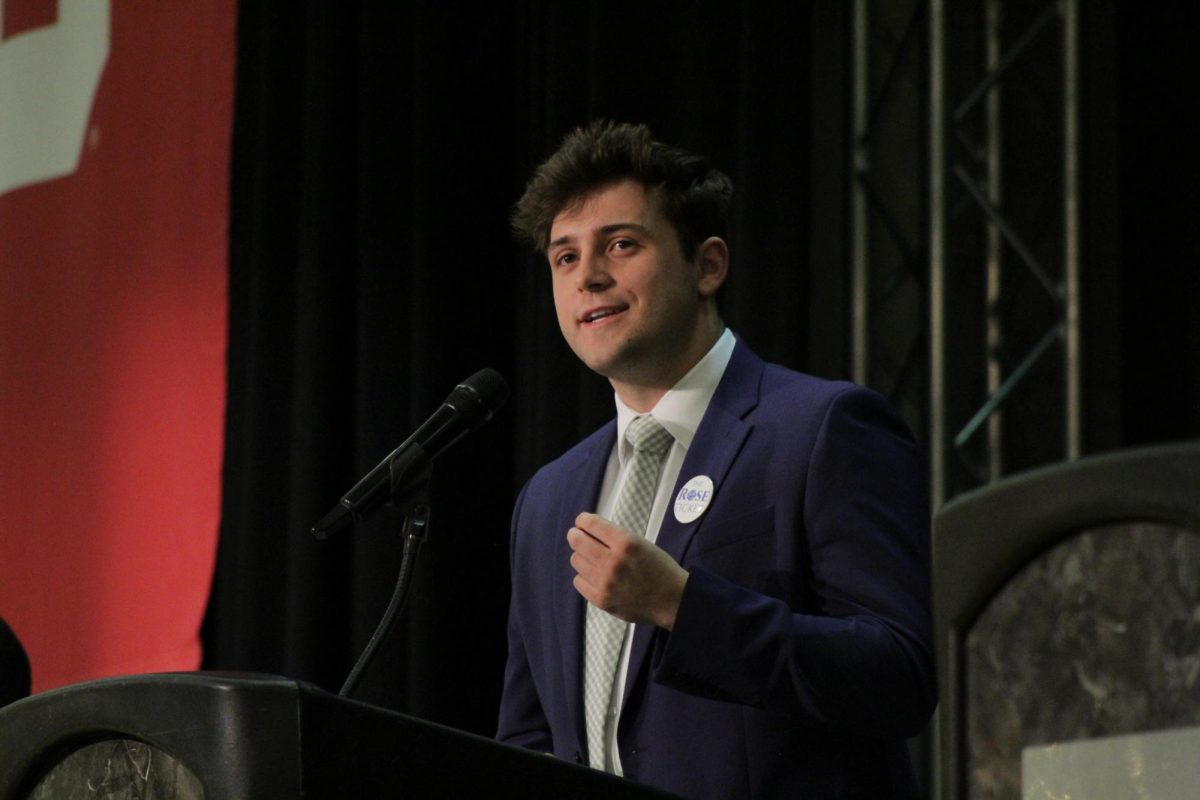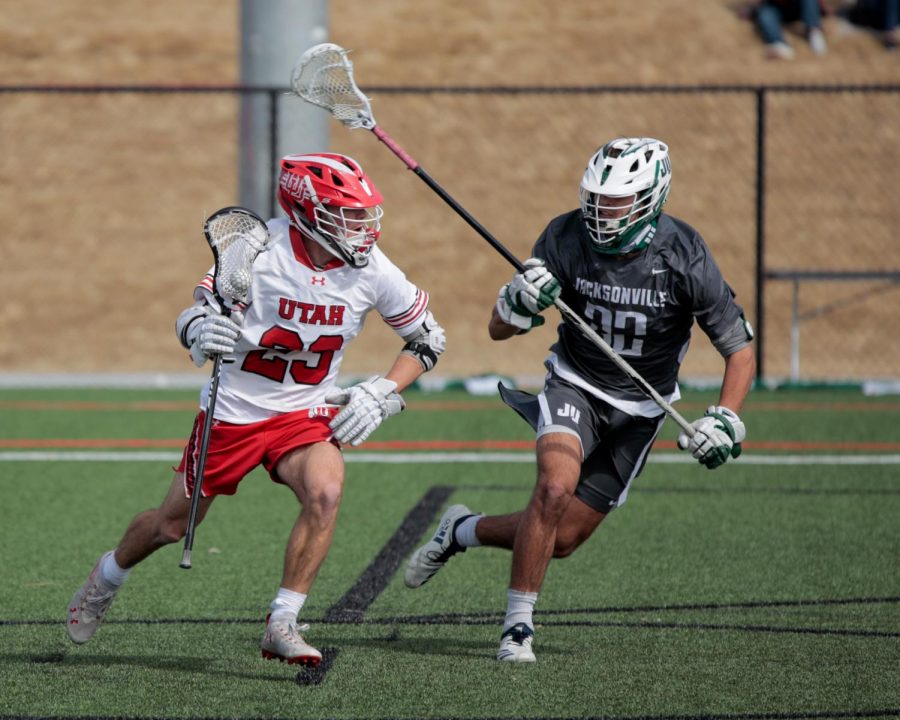Graphic Design Students Gather Opinions on Race Through Library Display
University of Utah graphic design students’ opinions on race display with student responses at the J. Willard Marriott Library.
December 20, 2021
In order to gather information about how to create an anti-racist University of Utah, several graphic design students had the idea to set up a display on the first floor of the J. Willard Marriott Library.
Students in the design strategy class got to pick from an array of issues on campus, and strategized to solve their selected problem. The graphic design students that planned this display were Isabelle Jameson, Grace Jameson, Eva Rauf, Kayli Torres and Diana Tran.
They picked this topic because it was something they are passionate about.
Tran said initially she was hesitant on how to connect graphic design and conversations about race, but it all clicked.
“I think those two topics are interconnected because it’s through graphic design,” Tran said. “We’re doing something with our skill and craft to create meaningful content, and using our skills to communicate important messages.”
According to the U.S. Department of Education’s 2020 enrollment census, 65% of undergraduate students at the University of Utah identified as white, 12% were Hispanic, Asian students made up 6%, and Black students only made 1% of the student body.
For this project, they originally were working with surveys to collect data about race relations on campus, but that was not enough.
“When we were trying to figure out an innovative way to do research, we wanted to step out of the box and gather responses from more than who we could personally reach out to,” Torres said.
Once the library display went up, so did the responses. The display was set up in such a manner that students could answer different questions and prompts, and then hang up their response on a little clothing line. This was open to any student or staff passing through the library and located on the first floor.
According to Tran, there were questions that were more open ended, and some that were fill-in-the-blank style. Questions included “What’s your experience related to race? [and] What is my unpopular opinion about race?” Tran said.
Tran noted her group wanted to include all of the opinions students brought to the table, rather than what is seen as socially acceptable.
“A lot of people may have a lot of strong opinions on it,” she said. “But we didn’t want people who may feel that their opinion doesn’t fit certain standards or social norms that they would not put something out there.”
When they were creating it, Torres said the group wanted any and all responses because it was research.
According to Tran, many of the responses were not overtly malicious or hatefully racist, but showed clear signs of ignorance.
“Many people misunderstand the issue, rather than being overly racist,” she said.
A group of first year students that submitted their thoughts to the discussion board said there should be more discussion on the topic and creating a space to do so is important.
After the discussion board was taken down, the group then compiled the data to make a plan to combat racism on campus more effectively.
“I would say the starting point would be, be more open to having those discussions about the topic in the first place,” Tran said. “Just listening to the students and peers around you, and not invalidating their thoughts or their opinions no matter what it may be, because not necessarily everyone is malicious, or race insensitive, but just a lack of understanding.”
She explained that many of the statements that were compiled were microaggressions, subtle hints towards inequality.
The goal of the group was to bring awareness about microaggressions, and racism on campus, but to also open the door to more honest and open conversations about this difficult topic.












